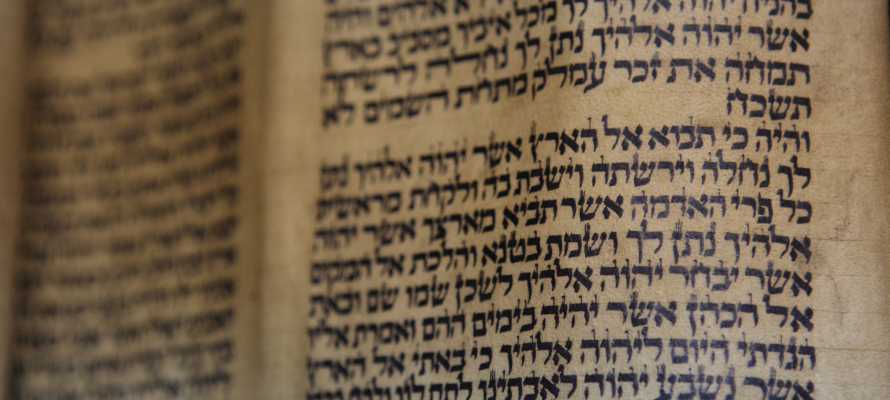Shavuot marks the day the Jewish people who had been slaves in Egypt received the Torah at Mount Sinai. It is one of the three pilgrimage festivals.
All three pilgrimage festivals – Pesach, Shavuot and Sukkot – have ties to agriculture. They each have a special book that is read in synagogues. And each has special food customs.
Taking these concepts individually:
Agriculture. Shavuot is exactly seven weeks after the first day of Pesach (Passover). In ancient times this marked the barley harvest at the beginning and the wheat harvest seven weeks later. This is also the holiday of the first fruits. According to the Mishnah, during the time of the Second Temple, those who came up to Jerusalem would bring any of the seven species that are indigenous to Israel: wheat, barley, grapes, figs, pomegranates, olives and dates. Everything was decorated for the occasion: the fruit, the baskets, even the oxen that carried the fruit to the Temple.
Through the generations, homes and synagogues are traditionally decorated with greenery and flowers for the holiday.
Book of Ruth. This is one of the five megilot (scrolls) that are read throughout the year. The Book of Ruth is especially relevant for Shavuot because it takes place during the barley and wheat harvests. It is the story of Ruth who wants to join the House of Israel by becoming Jewish. This is also connected to Shavuot because the holiday marks the time when the Jewish people, recently redeemed from slavery in Egypt, received the Torah.
There is also the custom of studying Torah all night on Shavuot. According to the Midrash (rabbinic literature), the Israelites went to sleep early the night before they were to receive the Torah. Unfortunately they overslept. The result: Religious Jews study Torah all night.
The custom actually began in Salonika in the 1500s, when Rabbi Joseph Caro organized study sessions with his colleagues.
In modern Jerusalem, thousands of people finish their study in the early hours of the morning and then converge on the Kotel, the remaining wall of the Second Temple.
Eating dairy. This is a custom in most Jewish communities – but not all. There are several explanations.
First, before the Israelites received the Torah, they were not obligated to have kosher meat. However, once they received the Torah this was required. The process of preparing kosher meat was new to them and required time. The only food immediately available after receiving the Torah was dairy. Jews today recall this by eating dairy on Shavuot.
Other explanations: In the Song of Songs (which is read on the Shabbat during Pesach), King Solomon describes the Torah as being “ . . .like honey and milk, it lies under your tongue.” In the Torah itself, the Land of Israel is described as a land “flowing with milk and honey.”
Jews from different traditions have special foods for the holiday. These include cheesecake, blintzes, burekas, sambusak, cheese-filled pancakes and a seven layer cake called “seven heavens.” Virtually every Jewish community has traditional Shavuot foods. The exception is Yemenite Jews, who do not generally eat dairy on Shavuot.
In modern Israel, Shavuot is observed for one day, beginning in the evening and ending the following evening. Outside of Israel the holiday begins the same time but lasts for two days.
By United with Israel Staff

Do You Love Israel? Make a Donation - Show Your Support!
Donate to vital charities that help protect Israeli citizens and inspire millions around the world to support Israel too!
Now more than ever, Israel needs your help to fight and win the war -- including on the battlefield of public opinion.
Antisemitism, anti-Israel bias and boycotts are out of control. Israel's enemies are inciting terror and violence against innocent Israelis and Jews around the world. Help us fight back!



